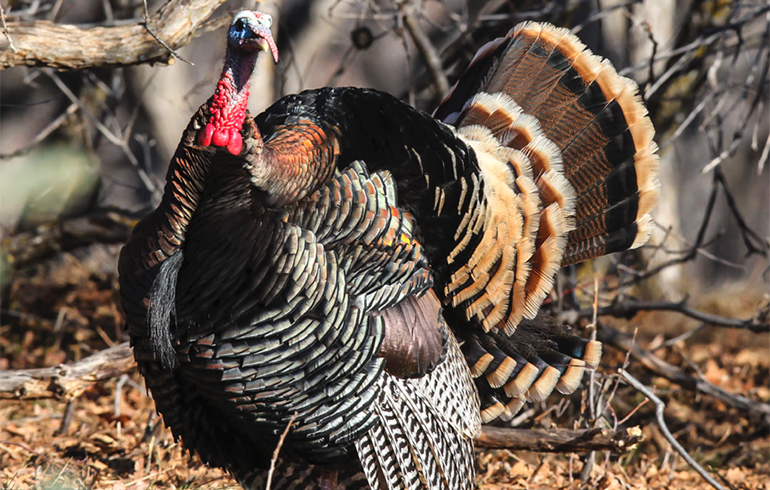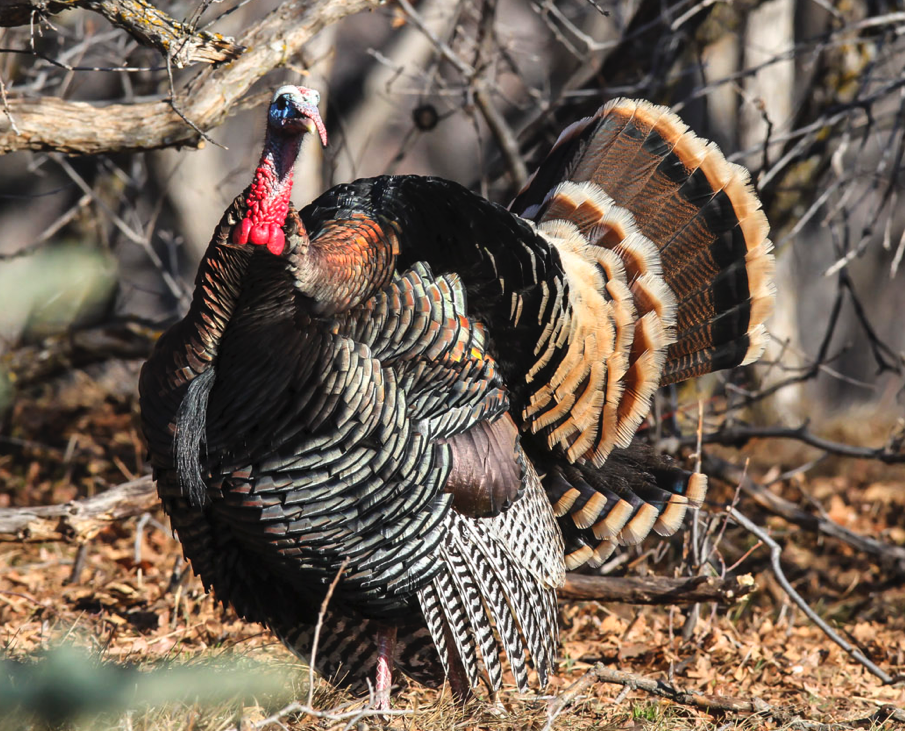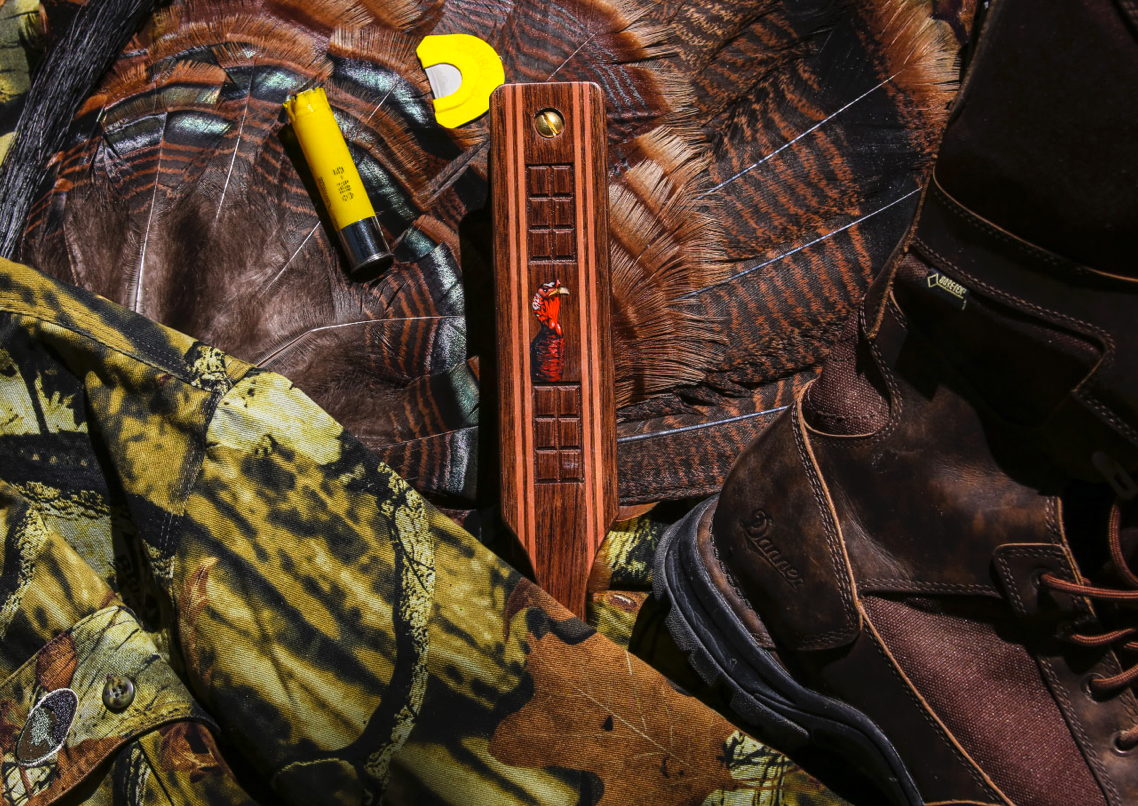How to Move on a Gobbler
Killing a spring gobbler can be one of the biggest challenges in all of North American hunting and as a result, a good deal of mysticism has arisen among hunters on the survival abilities of wild turkeys.
Because from the moment of birth, a turkey is vulnerable to being killed or eaten by a host of predators—both four legged and two legged—they possess a level of paranoia that makes the worst schizophrenic seem calm and an uncanny ability to respond to real or perceived threats with a sudden retreat on foot or by wing.

They do not, however, possess supernatural abilities or a high level of actual intelligence. Their brains, after all, are only about the size of a pecan.

But because of this mysticism and respect for their survival instincts, as well as the admonishment from experienced hunters to sit motionless as a turkey’s keen eyesight will pick up the smallest movement, some hunters are too scared to move their guns for better aim when a turkey approaches. Letting the bird instead, come into range and then drift right out if he doesn’t walk in front of where the gun is pointed. Follow these tips the next time you have a bird come in from an angle you didn’t expect (which will be most of the time) so you can correct your aim and make a clean shot.

- When a turkey approaches, don’t move when he is looking right at you. Instead, when his head goes behind large trees or other obstructions, readjust your aim as needed while his line of sight is blocked.
- Strutting turkeys will often turn around and spin as they dance around, move your gun when the turkey’s head is obscured by the fan. Be mindful though that he may peak over the fan, so stay alert.
- Don’t try to quick-draw (quickly adjust your aim) when a turkey is still standing beyond 20 or 30 yards. At that distance, he can likely move faster than you and will become a tough target to hit as he takes flight or runs away.
- At less than 20 yards, certainly, at less than 15 yards, if you have to swing the gun quickly on the bird, you can probably get on aim before the turkeys has made it too far away for a clean shot.
- A better option, whether the gobbler is near or at the edge of your range, and if there are no objects like trees for the turkey to walk behind, is if the tom is close enough to shoot and you are ready, simply align the barrel slowly to where you want your aim to settle on the turkey and fire as soon as you’re on point. The gobbler will likely raise his head to figure out what he is looking at for a couple of seconds before scrambling. You need to get on aim and fire in this time, but keep movements slow and fluid. Rapid, jerky movements mimic the sudden charge of a predator and will send birds into immediate flight.
- Turkeys don’t always approach from straight in front of you. In fact, they often circle around and come in from the side or rear. If a bird gobbles close or you hear walking behind you, don’t move. He is looking for you and the odds of you spinning around, finding him and getting off a shot is slim. Sit tight listening for his foot falls of approach. If he walks into your line of sight, you are good. If not, give him time to wander off, set up facing him and attempt to work him back in. A spooked bird will be next to impossible to call right back in. One that simply wandered off, will be much easier to call.




